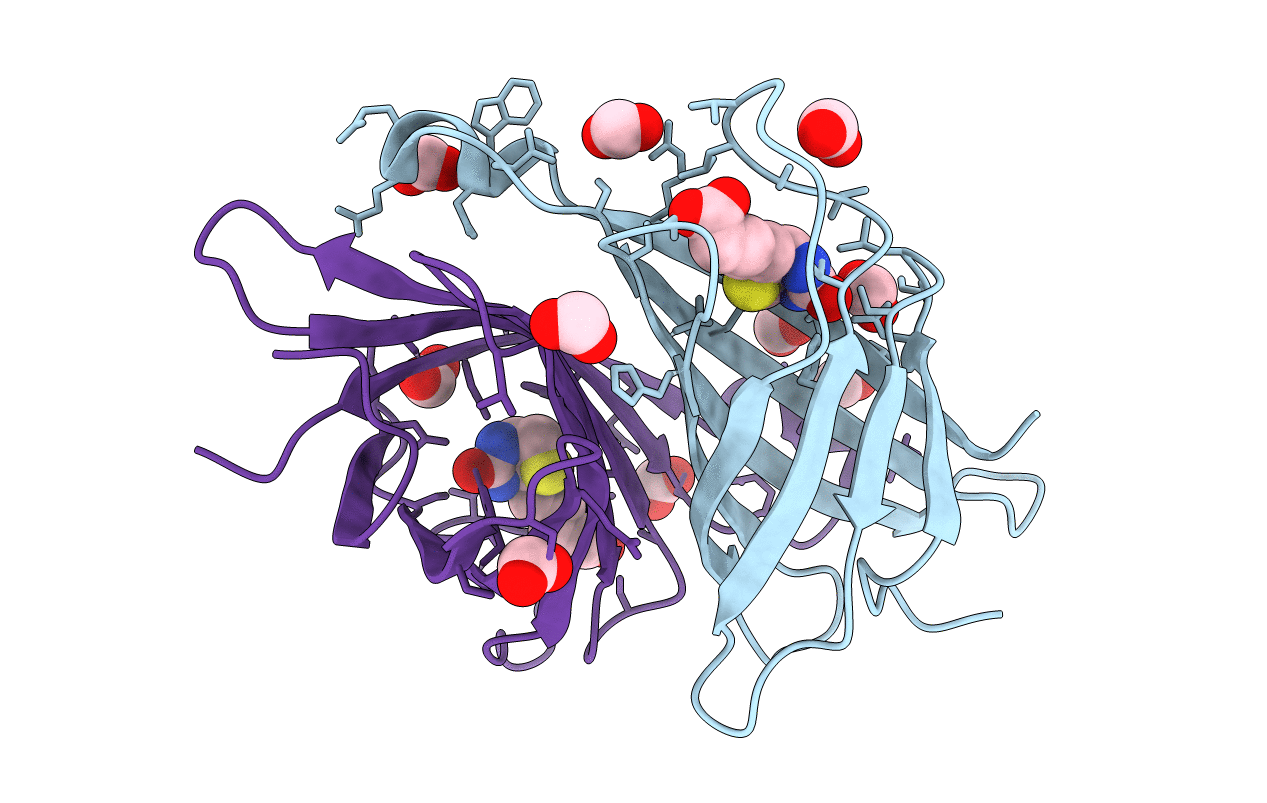
Deposition Date
2007-04-20
Release Date
2008-05-27
Last Version Date
2024-10-16
Method Details:
Experimental Method:
Resolution:
1.70 Å
R-Value Free:
0.19
R-Value Work:
0.16
R-Value Observed:
0.16
Space Group:
H 3 2


